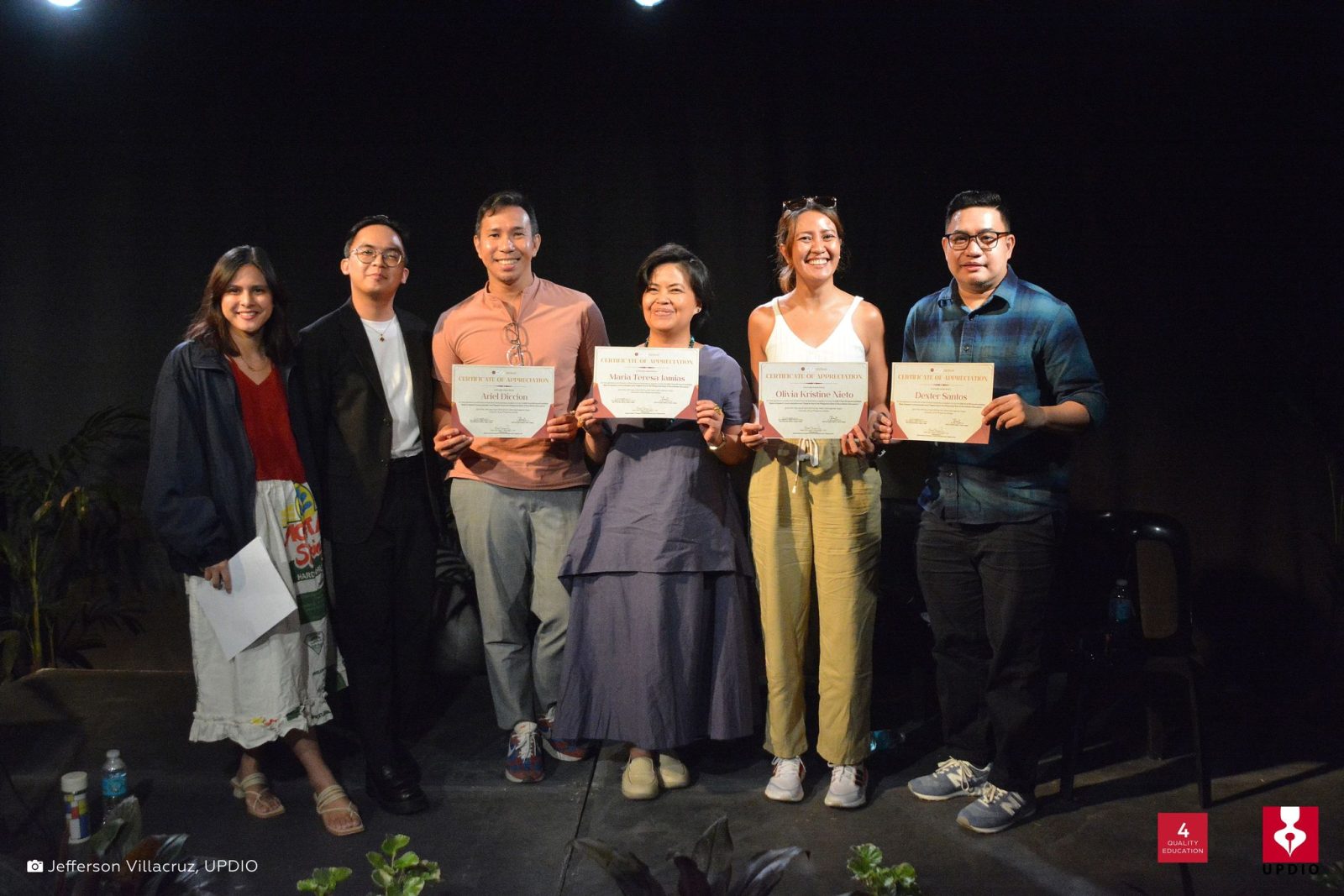A roundtable discussion (RTD) was recently hosted by the UP Diliman (UPD) Department of Speech Communication and Theatre Arts (DSCTA) that presented the state of speech communication and theatre arts in the country today.
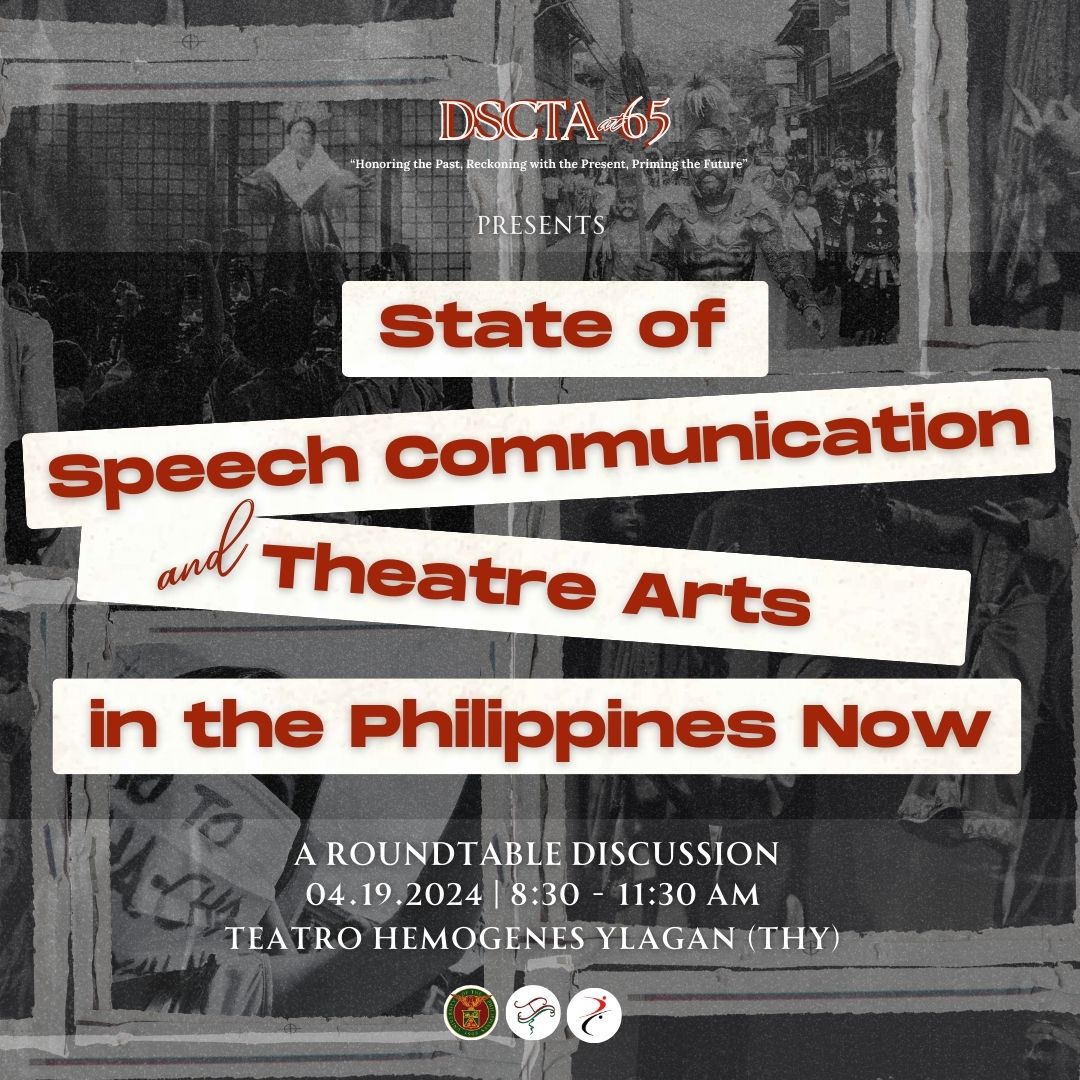
Titled State of Speech Communication and Theatre Arts in the Philippines Now: A Roundtable Discussion, the event according to DSCTA Chair Oscar T. Serquiña Jr., was “an explanatory or critical assessment of how things were, are, and could be, and a description of prevailing logics of practice.”
The RTD had two sets of panelists, one group discussed the speech communication program and another talked about the theatre arts program.
Serquiña said the discussion panelists would “explain to us what it means to study, teach, examine, and practice speech communication and theatre arts in the current moment.”
For the speech communication program, the panelists were Rex Sandro M. Nepomuceno, an assistant professor at the DSCTA; Bea Fabregas, a professional disc jockey, sports reporter, and host; and UPD Information Office Director Jose Carlo G. de Pano, who is also an associate professor at the DSCTA. Meanwhile, the panelists for the theatre arts program were Dexter M. Santos, an assistant professor at the DSCTA; Olivia Kristine D. Nieto, also an assistant professor at the DSCTA and a performance maker; and Ariel A. Diccion, a theatre actor and an instructor at the Ateneo de Manila University Department of Filipino.
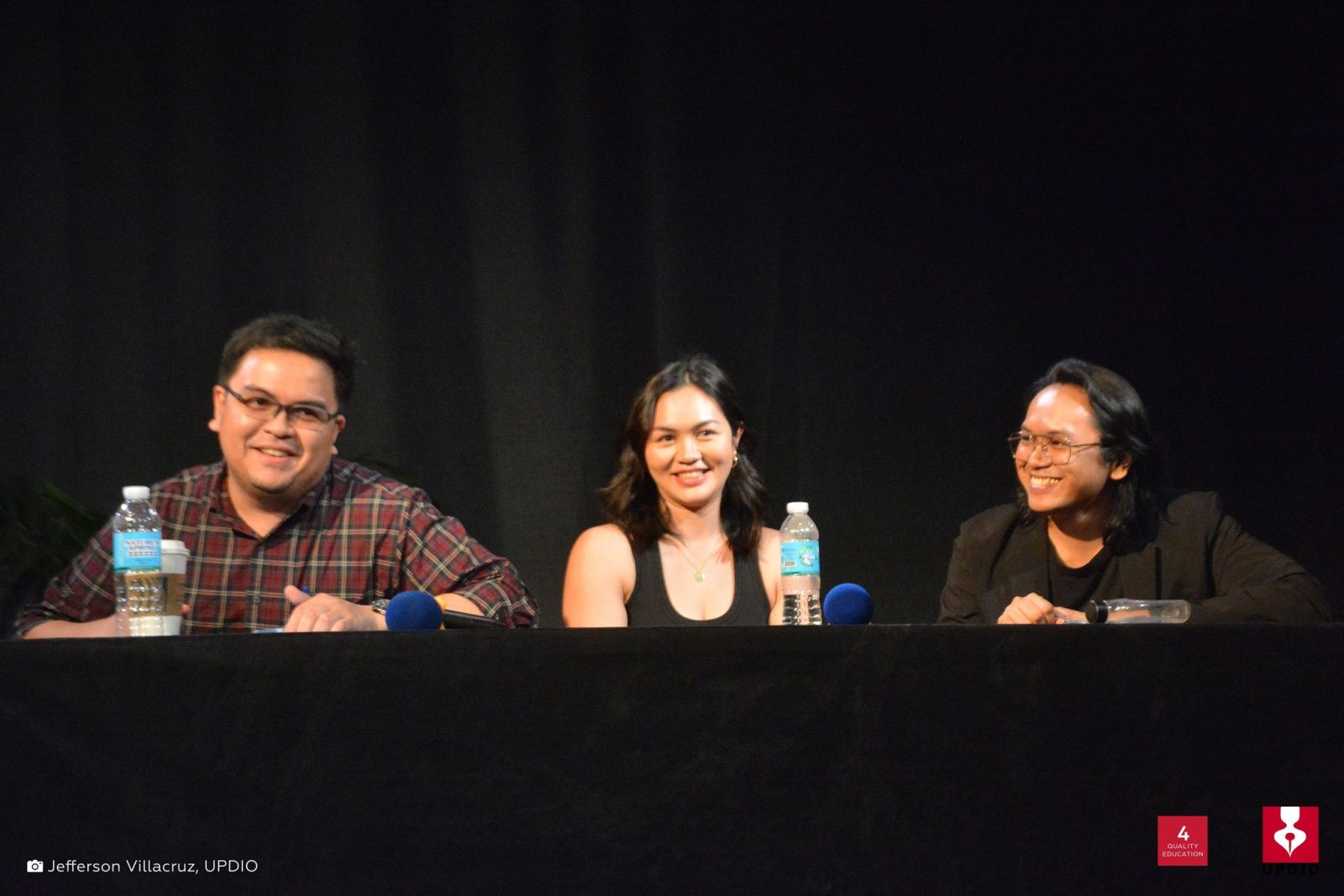
At the discussion on speech communication, de Pano said “Before, the program was anchored in a more generalist framework or a more generalist paradigm. Today, we aim to specialize.”
Explaining further, he said, “We have, for example, interpersonal communication, instructional communication. And not only those, we even specialize in more specific areas. For instance, we have interpersonal communication, but we have courses that focus on family communication, romantic relationships, and so on. We are also moving beyond the western roots of the discipline. Very often, in the past, we would use theories to understand communication phenomena in the local context…. But today, we question those theories, and in fact, assert that these theories might not be applicable considering our unique situation or the unique features of our communication or interactions.”
Nepomuceno was in agreement with de Pano in the latter’s assessment of the program.
“I agree with Sir Carlo na kailangan nating i-recognize na iyong pinanggalingan natin na tradition ay talagang Western, Euro-centric. Pero, lalo na sa rhetoric at sa performance, may movement na towards pagkawala doon sa Euro-centrism na kinalakihan natin,” Nepomuceno said.
Fabregas meanwhile, recalled the speech communication program was “very structured in how we studied it at that time. I entered in 2009 and graduated in 2013. And a lot of what we did was voice for the theater. We open a page, read this, and perform it in best way possible.” She added that she might not remember all the theories taught, but the training she experienced assisted her in her professional career.
After the speech communication program discussion, the RTD shifted to the theatre arts program.
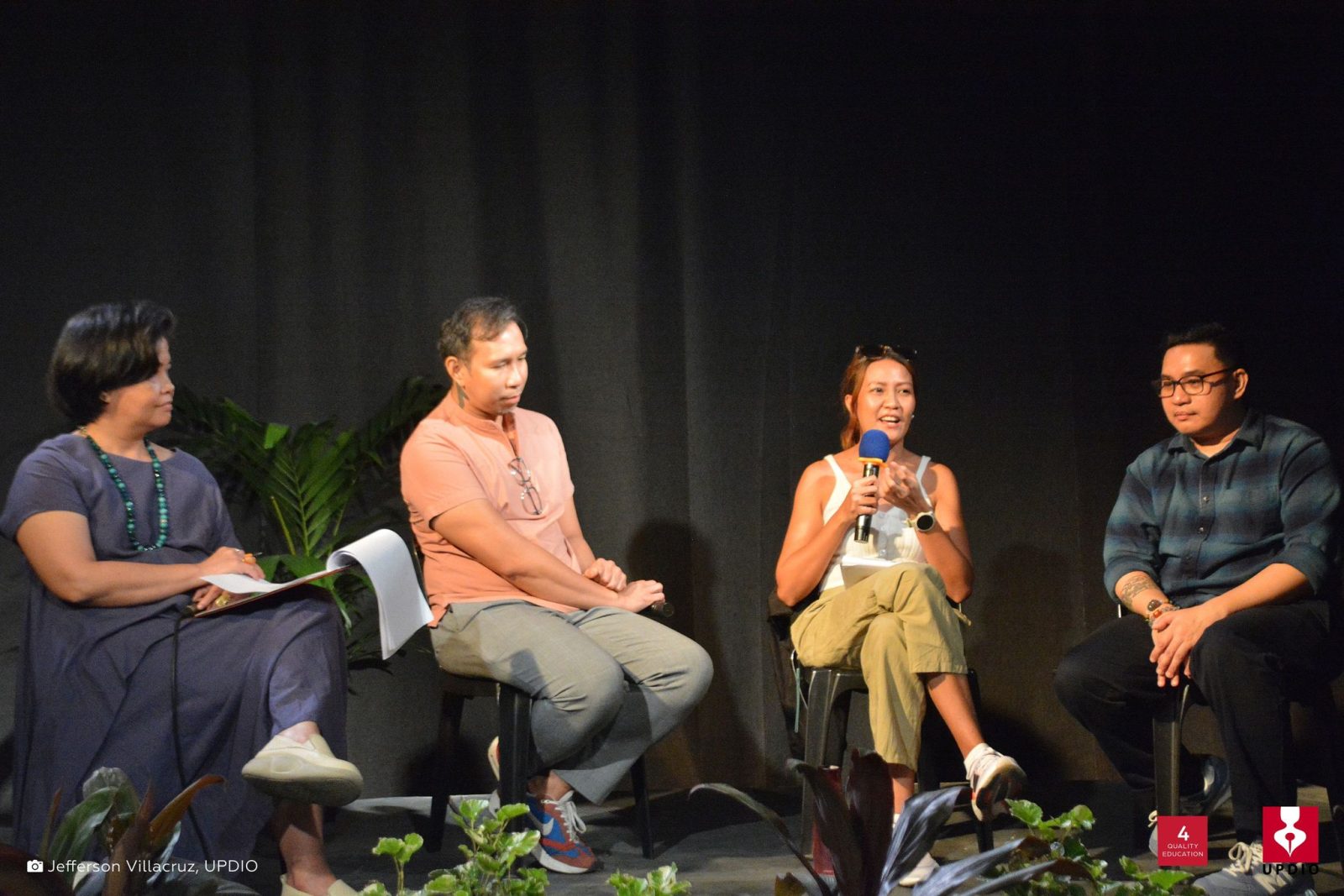
Santos explained, “It’s very important to be able to understand a span of theories in terms of the ideas and ranges, in terms of different directorial styles, in terms of different periods. Doon siya naka-angkla eh. It is important, and I think it was imperative that you have to be able to understand all of these things.”
Nieto for her part said, “Nang dumating ako sa MA program, very Euro-centric iyong approach. So, very western. Pinapakabisado sa iyo lahat kaya kabisado ko ang Aristotle, ganiyan. Ganoong magturo ng theatre kasi dapat naiintindihan mo muna kasi nga nanggagaling din iyong teachers namin sa idea na ‘Kapag graduate sila sa MFA abroad, tapos iyon ang kinakabisado mo, kung ano rin ang inaral nila.’ Pero at the same time, mayroon din silang local practice. So iyon ang kailangan mong i-combine while you’re learning theatre.”
In addition, Diccion said, “Nag-aaral ako ng performance studies. So, I think even how we understand theatre arts, it is crossing disciplines. Hindi na lang nakikita iyong theatre arts as a solo discipline kundi nauunawaan na rin ito hindi lamang sa espasyo ng entablado. Ngayon because of performance studies, nakikilala rin ng theatre arts na napakarami pang espasyo at pagkakataon: spaces, times, moments, and therefore, their respective audiences, their respective inhabitants, and performers and actors.”
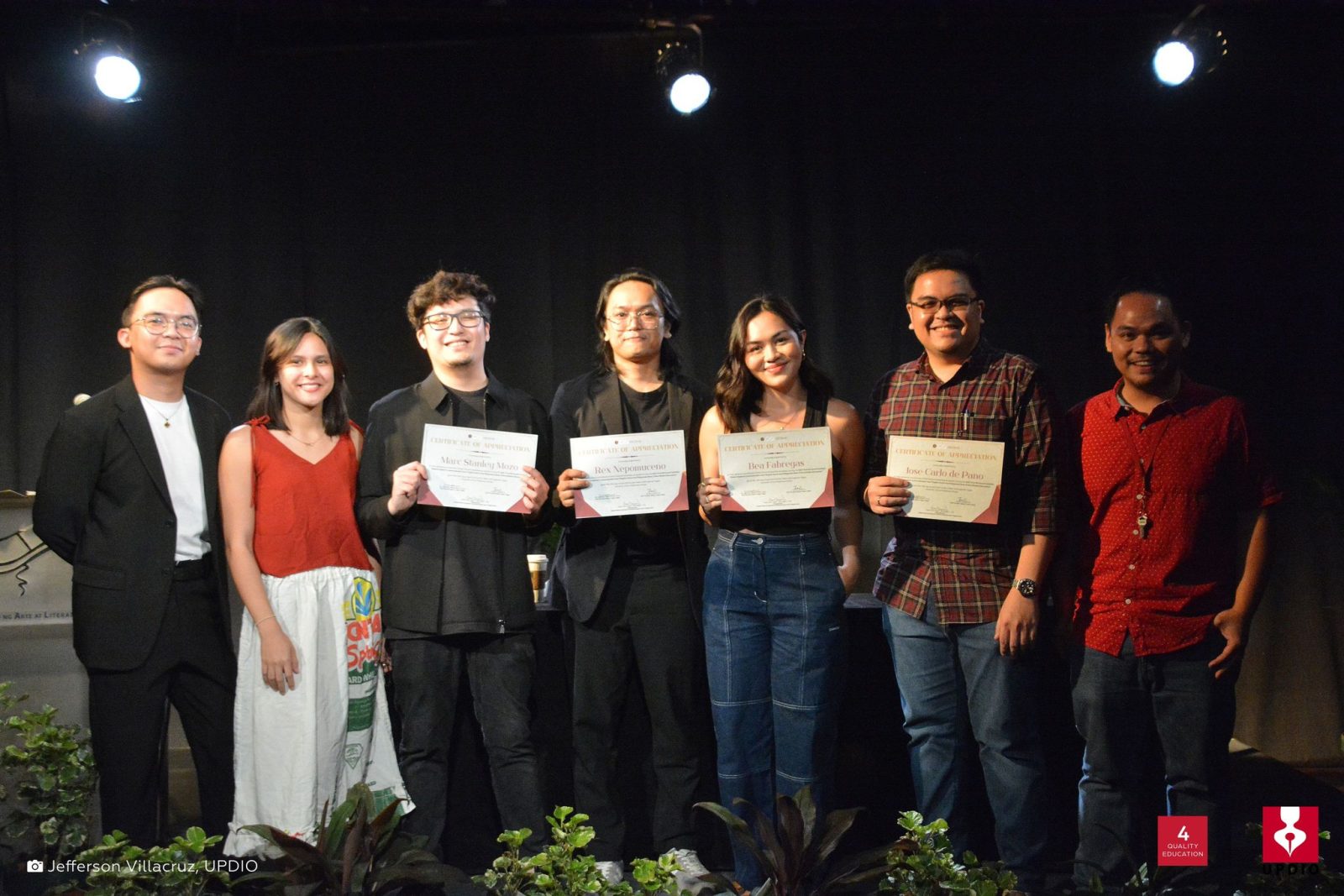
The RTD also had Holden Kenneth G. Alcazaren, an assistant professor at the DSCTA, as host, and Marc Stanley I. Mozo, an instructor at the DSCTA, and Ma. Teresa S. Jamias, an assistant professor at the DSCTA, as moderators for the speech communication panel and the theatre arts panel, respectively.
The RTD was the fourth installment in a series of events for the DSCTA’s 65th anniversary. It was organized by an ad hoc committee headed by Karl Lewis L. Cruz and Gabrielle Carissa Marie A. Paras, instructors at the DSCTA.
